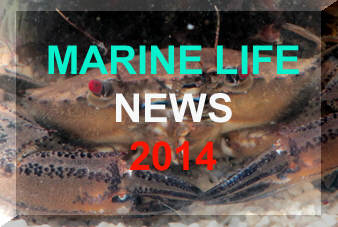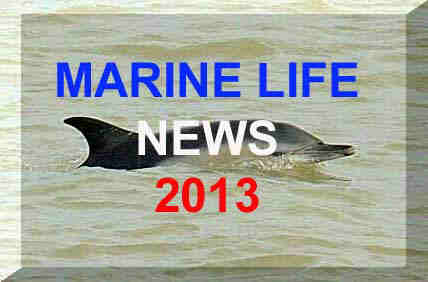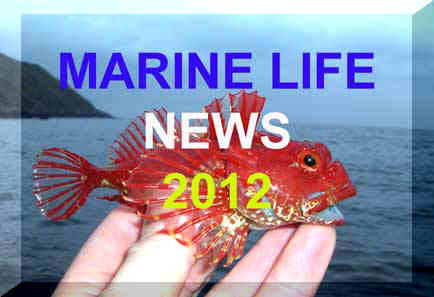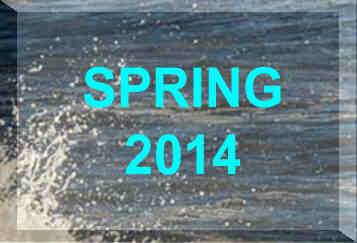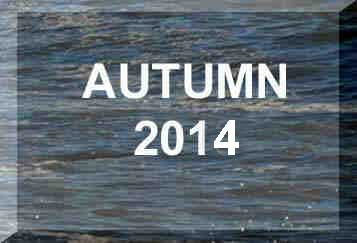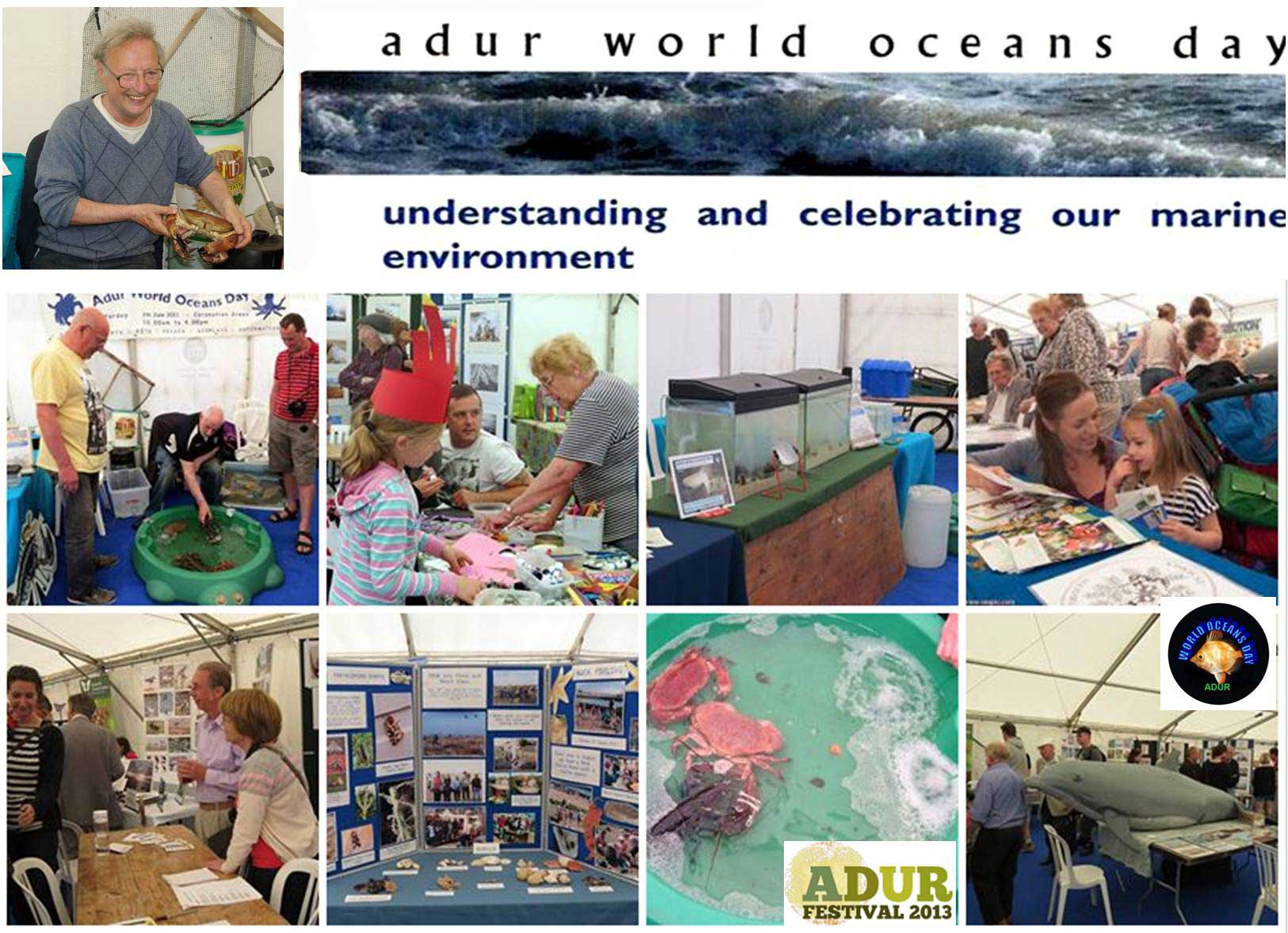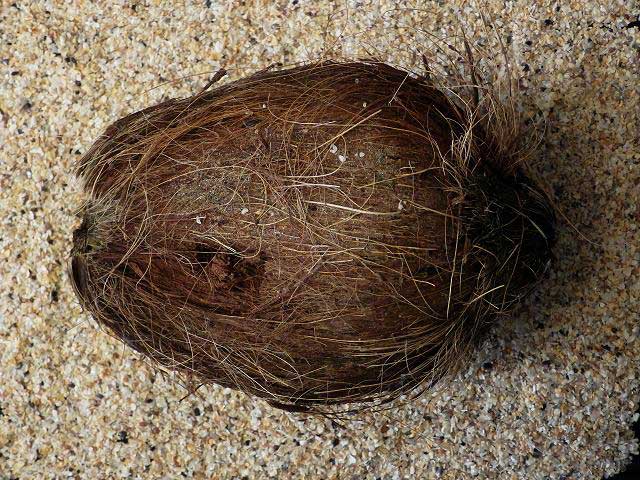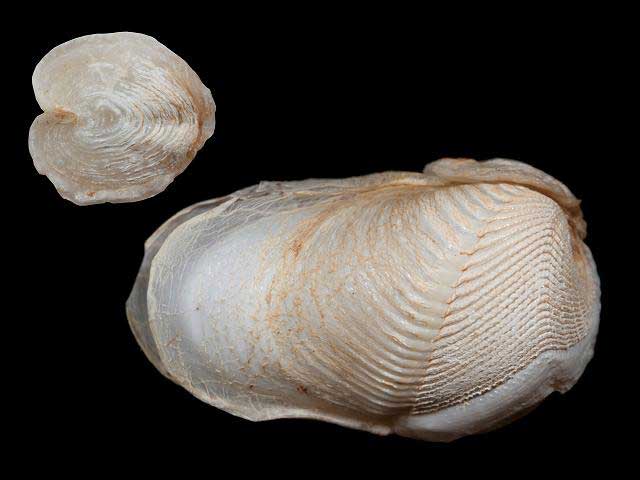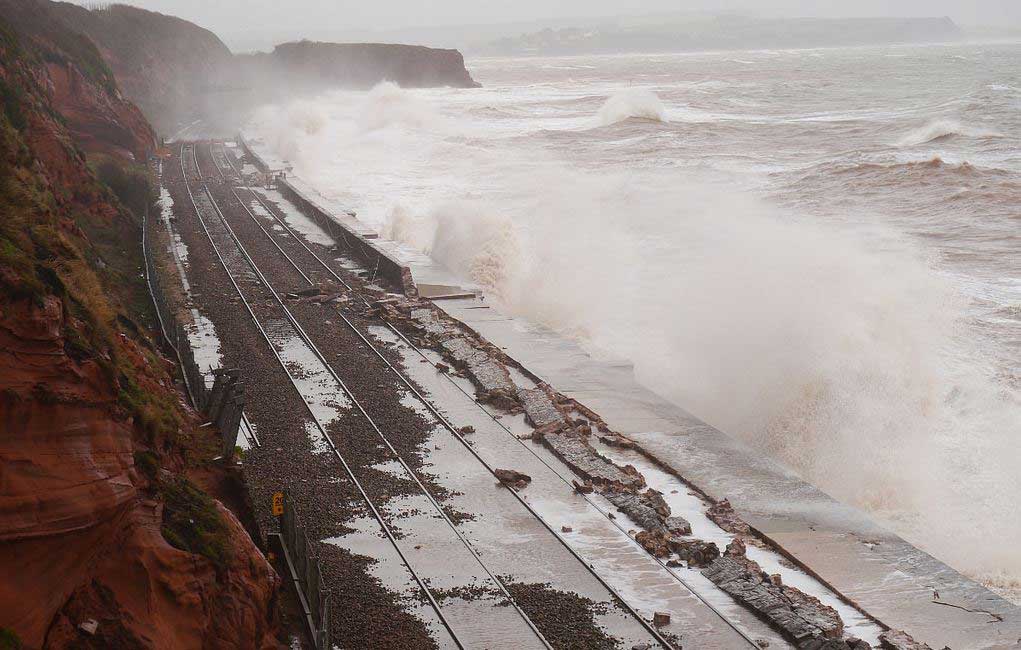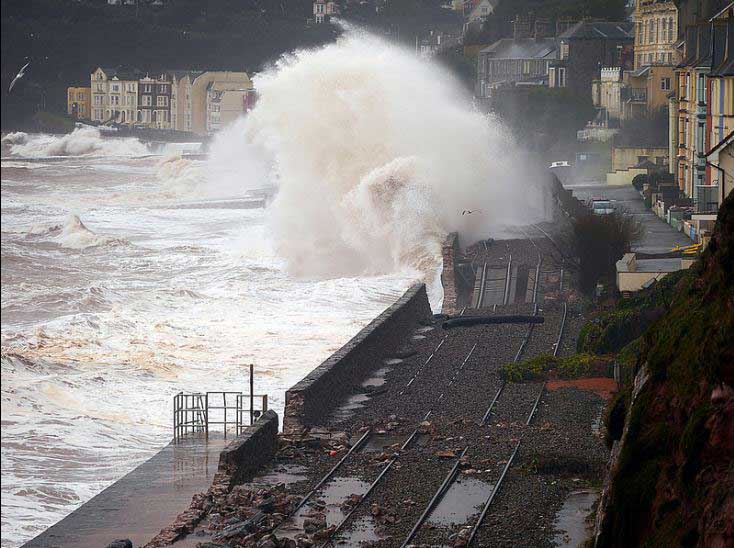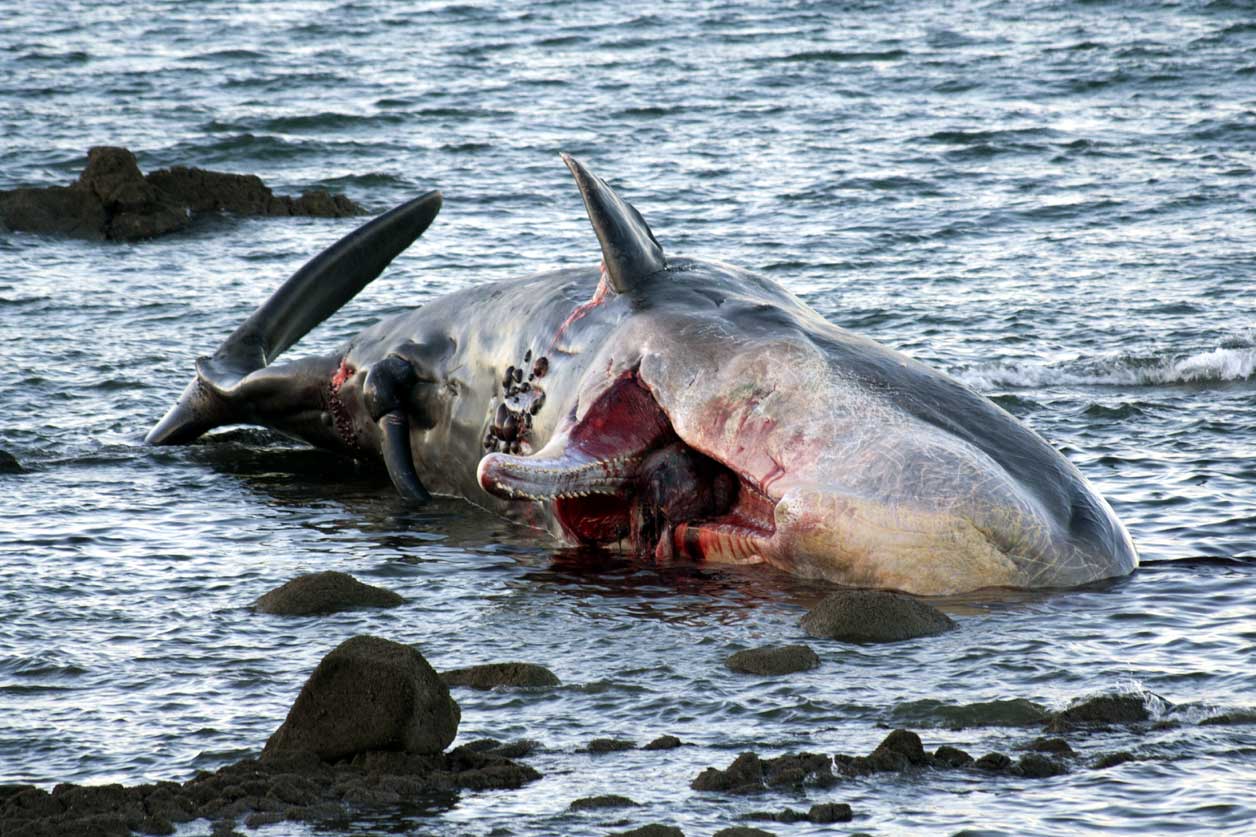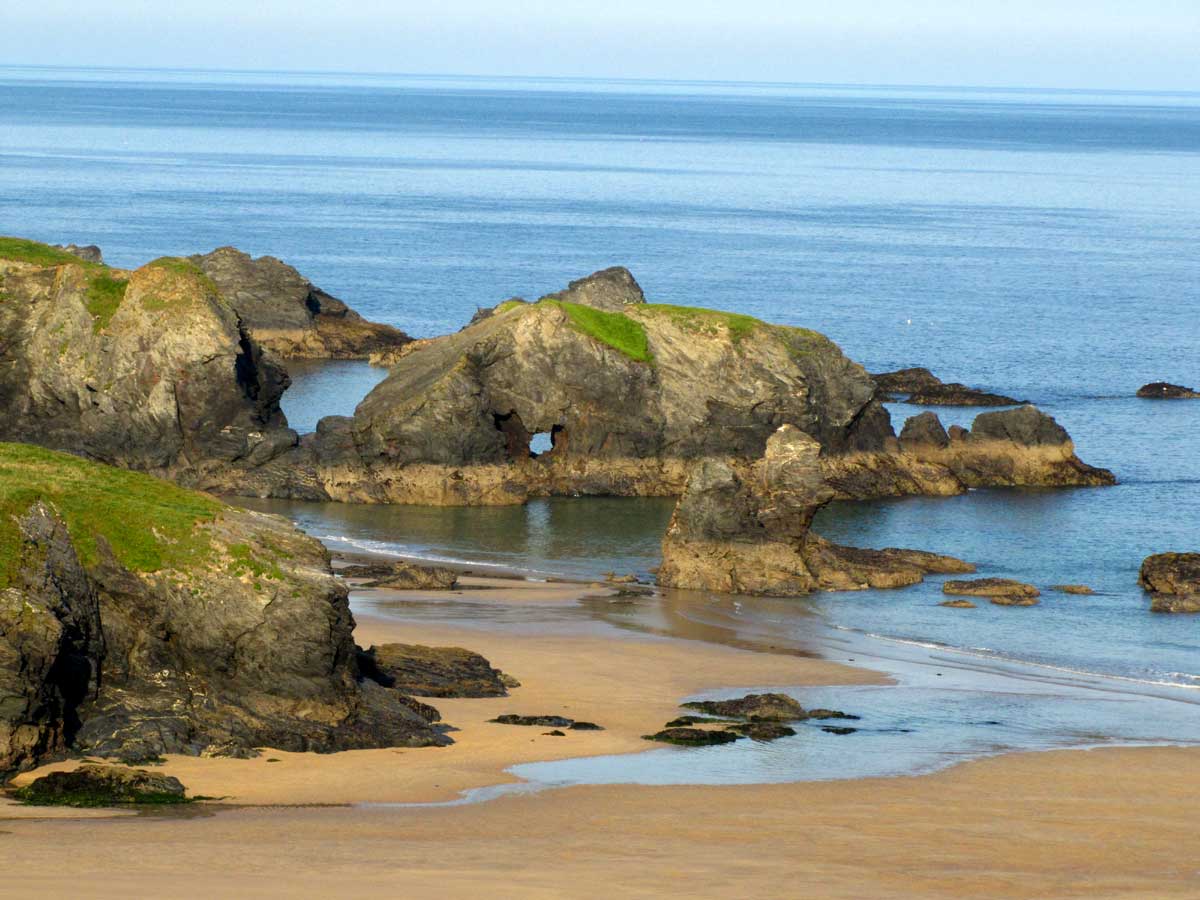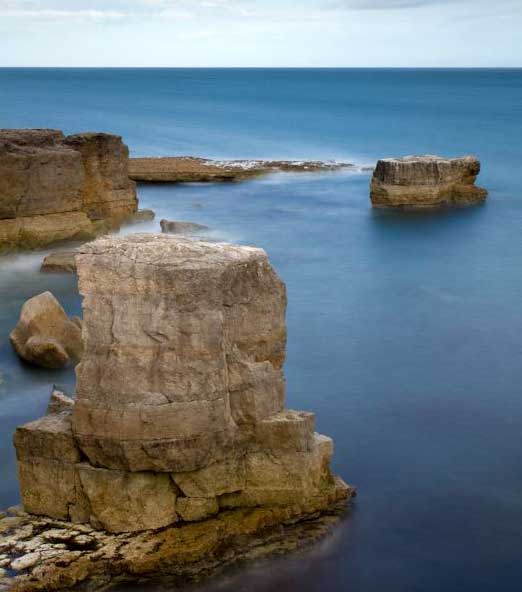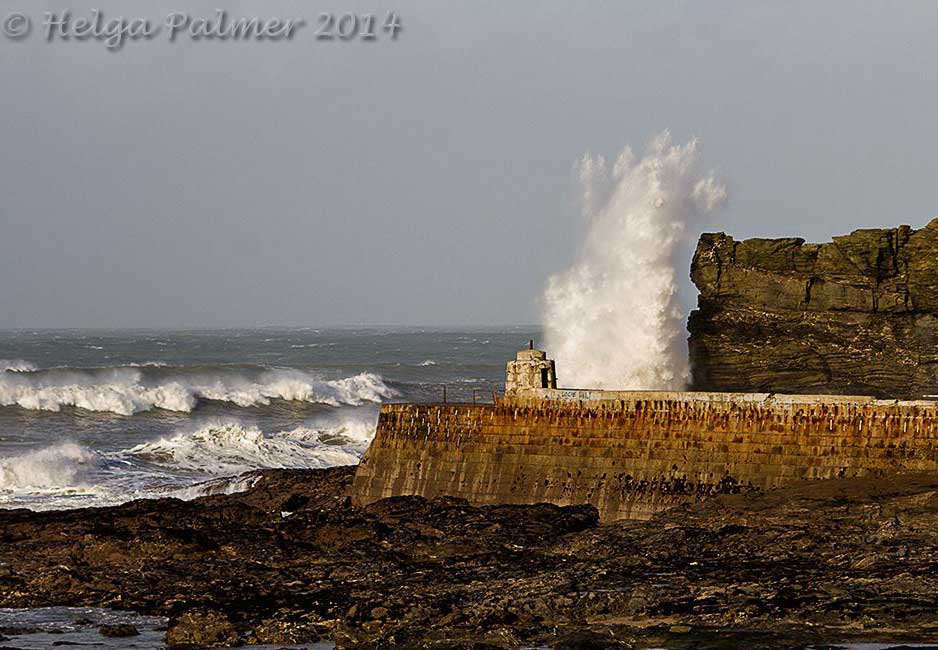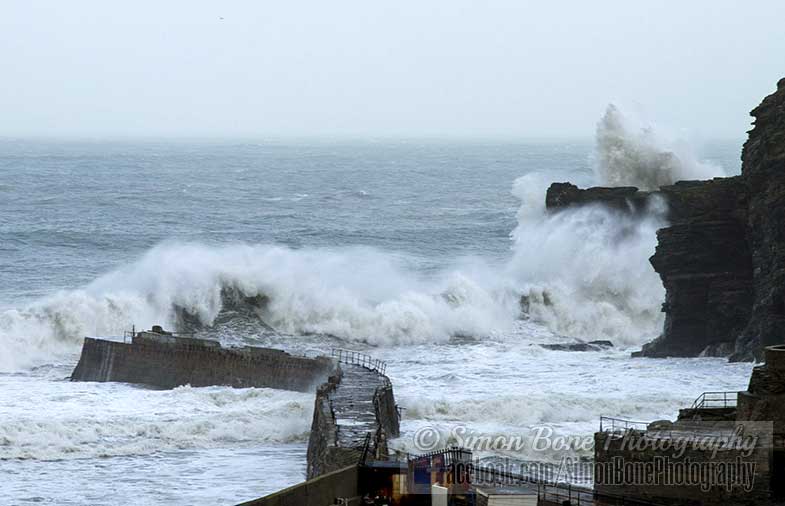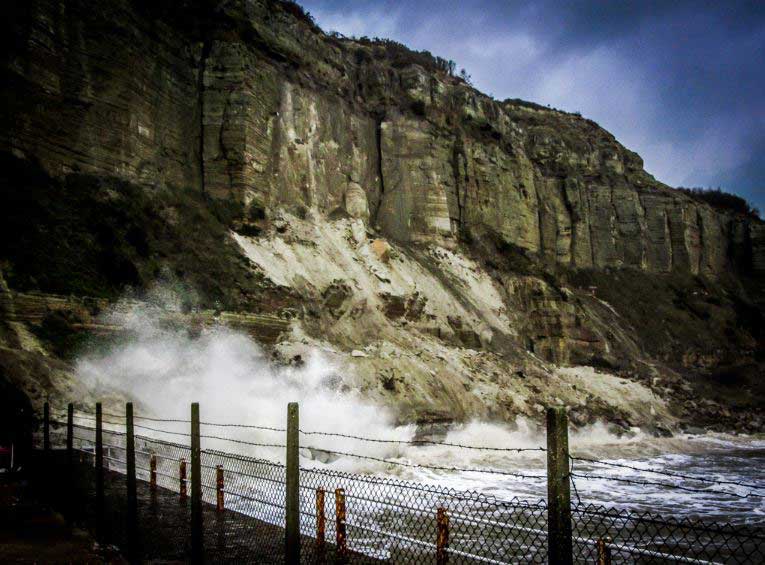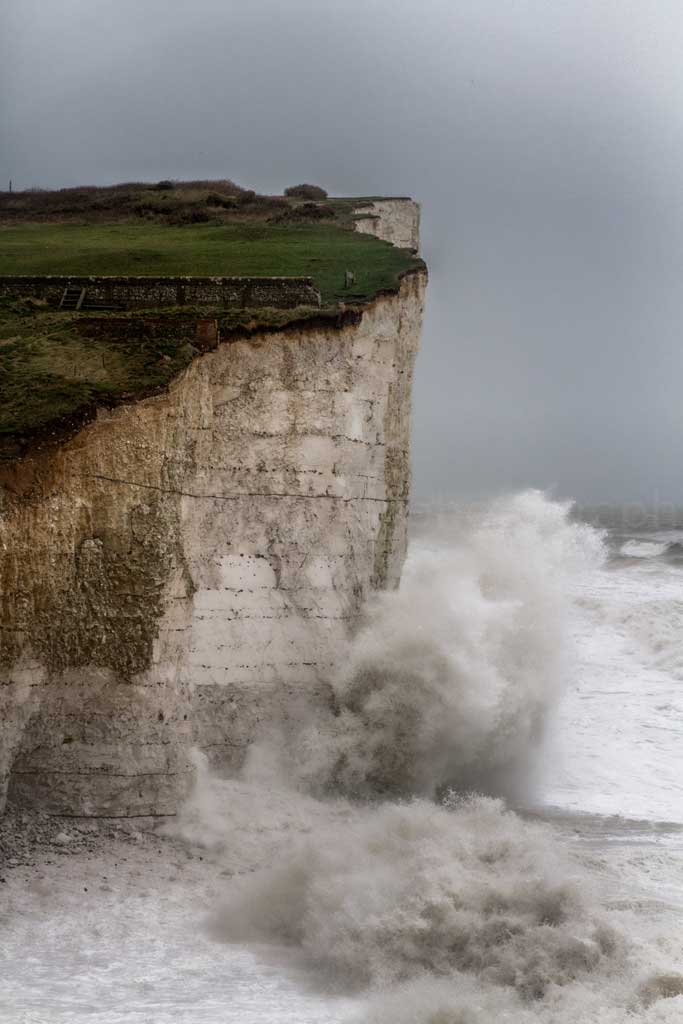LATEST
NEWS:
Late March
2014
Coconut
& Martesia
fragilis
Photographs
by Dave Fenwick Snr
(Aphotomarine)
Coconuts
(and
other flotsam) washed up on Cornish beaches
can host exotic ocean travellers all the way from the Caribbean Sea. A
Coconut
discovered on Newquay Beach,
north Cornwall, was discovered to be hosting Goose
Barnacles, Lepas anatifera,
attached
to the outer husk, and a species of Martesia
piddock
that had burrowed into the shell. These were identified as the vagrant
and first British record of Martesia
fragilis.
BMLSS
Piddocks
BMLSS
Goose Barnacles
Beached
wood and tree trunks may also contain other
organisms like small crabs hitchhiking
a ride or more likely burrowing Teredo
(=shipworms) molluscs including the Big-eared
Shipworm, Psiloteredo
megotara, found in a tree trunk on
Par
Beach, south Cornwall.
BMLSS
Strandline
Aphotomarine:
Marine Bivalve Images - Gapers, Piddocks and Shipworms (Order Myoida)
14
March 2014
A
Slipper
Lobster, Scyllarus
arctus, was caught in a creel off
Newlyn,
Cornwall, and photographed and released.
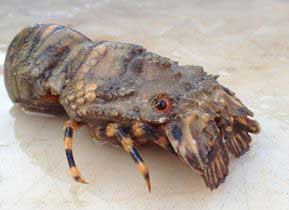 |
Scyllarus
arctus is a warm water crustacean
found in the Mediterranean, and in the Eastern Atlantic from Morocco to
the English Channel but is rare north of the Bay of Biscay. They live on
stony ground, in caves, and can also be found on muddy bottoms or in seagrass
beds. They use the large spade-like scales at the front of the head to
burrow into mud, sand or gravel between and under stones.
Achelata
Small
European Locust Lobster (book name)
Photograph
by Will Treneer on
Fishing
News facebook
|
Previous
Report 2003
9
March 2014
Two
Sperm
Whales, Physeter
macrocephalus,
were
washed up dead in at Scolla
Wick,
Muness,
a small
voe in the south
east of
Unst in Shetland.
Images
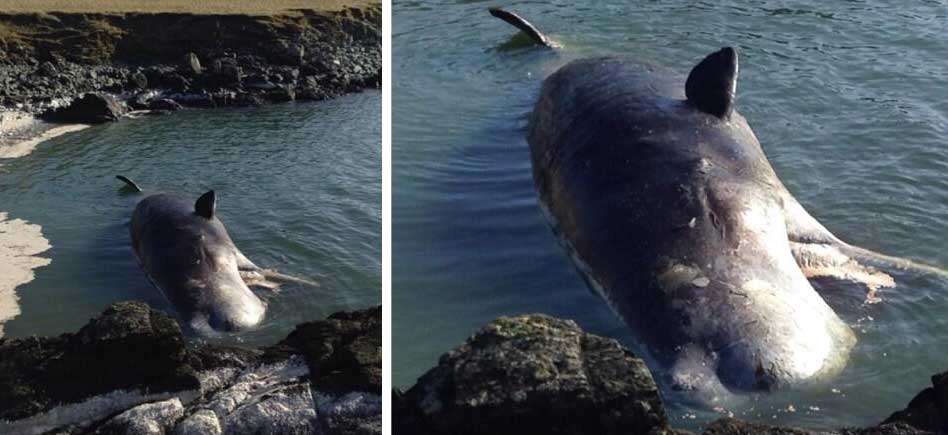
Sperm
Whale
Photograph
by Rebecca
Nason
Rebecca
Nason Photography
Shetland
Exposure Blog
BMLSS
Cetacean News Reports
BMLSS
Cetacean News Reports 2014
3 March
2014
A
very large Cod, Gadus
morhua, from the shore of 4.36 kg
(9 lb 10 oz) caught from Shoreham
Harbour
arm, West Sussex, was exceptional in itself, but what was even more surprising
is that it had swallowed a plastic bottle. Angler Andy
Sinclair discovered the bottle after gutting
the fish at home.
Adur
Nature Notes (March 2014)
 28
February 2014
28
February 2014
A
rather unusual discovery was a Dealfish
(Ribbonfish
family),
Trachipterus
arcticus, washed
ashore dead at Filey,
Yorkshire. This thin elongated fish was a small specimen with a length
estimated at 60 cm (max length 2.5 m).

Dealfish
Photographs
by Traff
Cammish
The
Dealfish
(book
name) is a mesopelagic
deepwater fish and it appears that it is not all that common even in the
sea depths of 300 to 600 metres (or 183 to 914) metres form which it has
been reported from the NE Atlantic, not normally including the North Sea
(but more than one record held by
the BMLSS). We have received occasional reports
from off the Scottish islands. It may be a frequently caught fish in the
Blue
Whiting, Micromesistus
poutassou, fishery at depths of over
500 metres off Ireland.
Live
Fish Image
Bathyl
Zones
Previous
Report
2006
Reports
Two
further Dealfish
have been reported washed up since the first discovery. The second
one was discovered dead on the shore at Peterhead,
north-east Scotland, and the third
discovery was a decayed specimen on the beach between Marske
and Saltburn in north-east England. There
were probably more washed up and left unreported amongst the flotsam
and jetsam after the recent storms.
BMLSS
Strandline
24
February 2014
A
Zulu
Fish,
Capros
aper, was discovered by Jess
Hughes washed up
dead on the shore at Gyllyngvase
Beach in Falmouth,
Cornwall.
20
- 21 February 2014
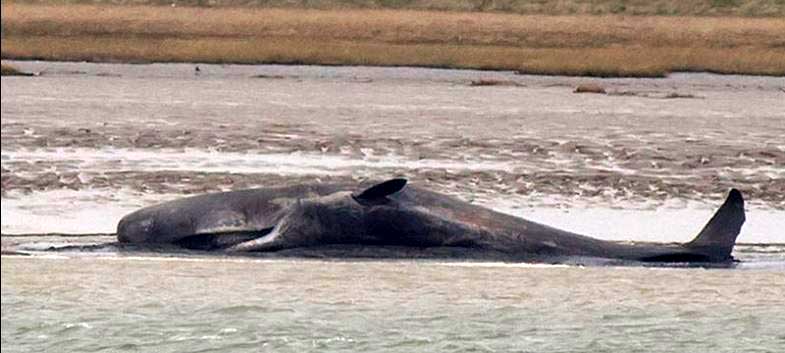
Sperm
Whale
Report
& Photograph by Mike
Gould
A six
metre long Sperm Whale, Physeter
macrocephalus,
was washed ashore dead on the estuarine mud at South
Swale,
Isle
of Sheppey, north Kent. The whale was present the second day, this
time on the south side, just off Seasalter
YC. The coastguards sent a tug from Sheerness
and waited until the tide came in enough for them
to put a rope around its tail then tow it to Sheerness for the autopsy.
BMLSS
Cetaceans
19
February 2014
A juvenile
Loggerhead
Turtle,
Caretta
caretta, was rescued after being washed up alive on Freshwater
Beach
West in Pembrokeshire, SW Wales. The 17 cm (6.7 in) male turtle
was placed in a special quarantine tank at Bristol
Aquarium where it is being treated before, hopefully, being returned
to warmer Caribbean seas from where it had travelled across the Atlantic
Ocean helped by the North
Atlantic Gyre (Gulf
Stream).
18
February 2014
After
the storms, a most extraordinary discovery of a rare
Kemp's Ridley Turtle, Lepidochelys
kempii,
washed
up on Saltdean Beach,
east Brighton, East
Sussex, It was unbelievable as it is both the world's rarest sea turtle
and thousands of miles out of its natural range, and unprecedented in the
seas off Sussex.
Kemp's
Ridley Turtles are
listed as critically endangered by the World
Conservation Union, with only 35 previous
records of the Kemp's Ridley
species in UK and Irish waters. According to the Marine
Conservation Society the latest estimates suggest that only a few thousand
adult females still nest on only one stretch of beach on the coast of the
Gulf of Mexico.
BMLSS
Turtles
14
- 16 February 2014

Ancient
Submerged Forest at Borth
Photograph
by John Ibbotson
The
storms at the beginning of the months stripped away the sand and peat
at the beach at Borth,
Ceredigion,
(in the
Cardigan Bay
part of the Welsh coast), revealing, on the low spring tides,
an ancient submerged forest
dated to the Bronze Age, 1500 BC
or earlier. The stumps of ancient oak,
pine, birch, willow and hazel (preserved by the acid anaerobic conditions
in the peat) were revealed in greater extent
where there used to be sand. Peat is highly combustible and despite the
recent heavy rain (peat retains water) the peat
bog inland of Borth caught fire.
Submerged
Forests (Dyfed Archaeology)
Cantre'r
Gwaelod
6
February 2014
Scores
of Mantis Shrimps, Rissoides
desmaresti, were washed ashore at
Felpham,
near Bognor Regis,
West Sussex. They were discovered by Mike
Burgess on the strandline.
The records from this area were only in ones or twos before.
Report
and Photograph by Mike Burgess
|
 |
3 --
6 February 2014
The
wreck of the railway line at Dawlish
Photographs
by Paul Webber
on flickr
More
storms
battered
the coast of Cornwall combining with high spring tides,
causing flooding and damage, notably at Looe,
south Cornwall. On 5 February 2014,
the waves wrecked the sea defences and resulted in the closure
of the railway
main line from Exeter to Penzance. The railway track was undermined
at Dawlish by the collapse
of the sea
wall and ballast.
13
January 2014
Fisherman
Mike
Ould (on FV Bronco
TH74) landed a 39 cm long silvery sea bream
(Sparidae)
called
a Bogue,
Boops
boops, fishing inshore off Babbacombe,
south Devon, on the east facing coast. This
Mediterranean fish is a scarce discovery off the British coast but there
does seem to be a population in Babbacombe
Bay and shallow seas around Devon and Cornwall as well as around the
Channel Islands. The fish appears in small schools so where there is one,
there are most likely more of them.
11
January 2014
After
the recent storms it is was only expected that at least one large whale
would be washed ashore. A young 13.8 metre long Sperm Whale,
Physeter
catodon,
was found dead on the mud at Joppa
Beach near Edinburgh, on the east coast of Scotland.
BMLSS
Cetaceans
6 January
2014
Exposed
to the Atlantic swell, the Cornish coast suffered remarkable damage after
a terrific pounding by the waves blown on to the rocky shore by gale force
winds. On the northern rocky coast at Porthcothan
Bay a scenic arch and free standing rocky outcrop was destroyed
during the night. On the Dorset coast a substantial sea stack known as
Pom
Pom Rock at Portland
was completely obliterated by the storm.
Porthcothan
Bay: Before & After
Image
Selection
4 January
2014
The
end of the harbour wall and granite shelter at Portreath,
north Cornwall, was demolished by massive waves propelled by gale force
winds and high tides.
3 January
2014

The promontory
headland town of Ardrossan
on the North Ayrshire
coast (SW Scotland)
bore the brunt of the
winter storms
Photographs
(Storm Set 2014) by Peter
Ribbeck
Waves
battered the south and west coasts of Britain throughout the day, from
Cornwall and the south coast, all up the western coasts to Scotland, propelled
by high spring tides, gale force winds
gusting to storm force and higher, and a small*
storm
surge.
The
most dramatic storm damage occurred when a large area of sandstone
cliff at Rock-a-Nore
(now part of Hastings,
East
Sussex) fell into the sea at about 1:30
pm. There was also an appreciable chalk
cliff
fall near
Birling
Gap in East Sussex.
(*The
storm surge was 0.5 metres at Newhaven, Sussex.)

Strandline
at Dawlish (south Devon)
on
facebook
Photographic
Gallery by Andrew
Cleave
Starfish
and sand burrowing molluscs like cockles
were deposited on the strandline in addition
to the usual collection of Mermaid's Purses,
whelk
egg cases, etc. A Grey
Triggerfish,
Balistes
capriscus, was washed
onshore off the Gower,
south Wales. Scores of the sea cucumber, Thyone
fusus, were washed
ashore on Newborough,
Anglesey.
The
power of the waves was strong enough to move the sand in the shallow water
and cause erosion of the shoreline and large displacements of sand and
shingle.
BMLSS
Strandline
1 January
2014
The
New Year was heralded in by overcast and damp weather. Gales battered all
the English and Welsh coasts from dawn and throughout the day.
Beaufort
Scale
British
Marine Life News 2012
flickr
BRITISH
MARINE WILDLIFE

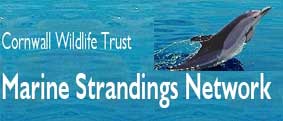
BMLSS
Oil Disasters page


